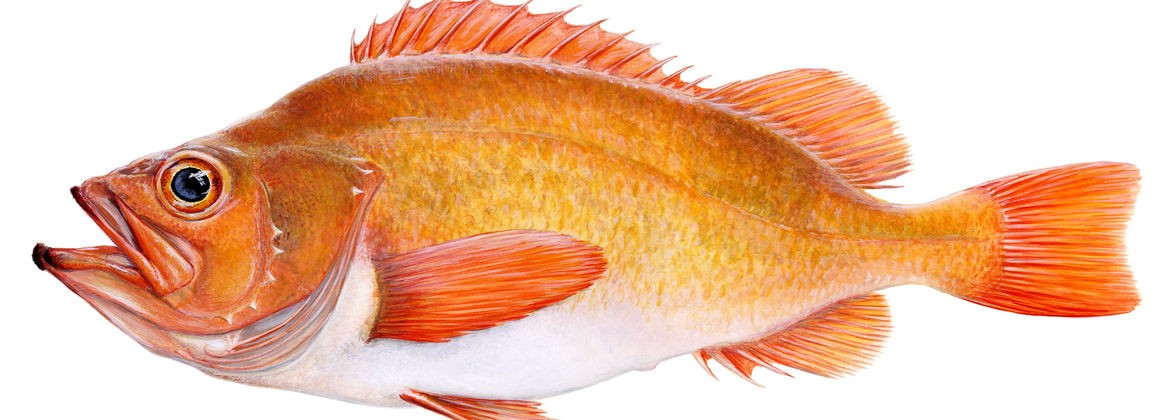On the 20th of March. A co-operation agreement was signed between Matís and Sólheima in Grímsnes. This agreement includes a willingness to work on a common strategy for strengthening sustainable communities in Iceland, increase work capacity and innovation in food processing and sale, strengthen food crafts in Iceland, offer domestic and foreign partners to use the facilities at Sólheimar in their projects and looking for ways to finance the partnership. Social, economic and environmental sustainability is a common aspect and will be the basis for Sólheimar's collaboration, ses. and Matís.
Sólheimar is the cradle of organic farming in Iceland and a well-known international community. In addition, Sólheimar offers internships and rehabilitation for the unemployed and other groups. Sólheimar provides students with insight into and experience of participating in a sustainable society.
Matís is a powerful company that conducts research and development of food, among other things. Matís' role is to strengthen the competitiveness of Icelandic food production in both products and the economy, while at the same time promoting good public health, food security and the sustainable use of resources.
 From left: Magnús Ólafsson for the Sólheimar Representative Council, Oddur M. Gunnarsson, division manager at Matís,
From left: Magnús Ólafsson for the Sólheimar Representative Council, Oddur M. Gunnarsson, division manager at Matís,
Guðmundur Á. Pétursson, managing director of Sólheimar and Ingunn Jónsdóttir, project manager at Matís and HfSu.
It is planned to open a food factory at Sólheimar and this workshop, like other Matís food factories, will serve all the food entrepreneurs and producers who are interested in product development, but in addition it will be useful to locals for their production and innovation. One of Matís' main emphases is support for producers who want to start processing and selling products to diversify food and create value and work in rural areas. Matarsmiðjan provides certified facilities for that processing, in addition to which the services of Matís' consultants are available to producers for product development and processing training.
Sólheimar has strong international connections. Foreign volunteers work for 3-12 months on projects in Sólheimar. Sesseljuhús has been in collaboration with the university association CELL, Center for Ecological Living and Learning, since 2008. Every year, 20-30 students from the association come to Sólheimar and do part of their studies there.
Matís collaborates with many domestic and foreign universities on teaching and student projects. Annually, 30-40 students work on their research projects at Matís. Matís' co-operation with parties and support funds in other countries is very extensive and the company has been a leader in projects on strengthening food crafts, on the Nordic bioeconomy and the European project on sustainable use of resources and innovation.
For further information Oddur M. Gunnarsson division manager at Matís.

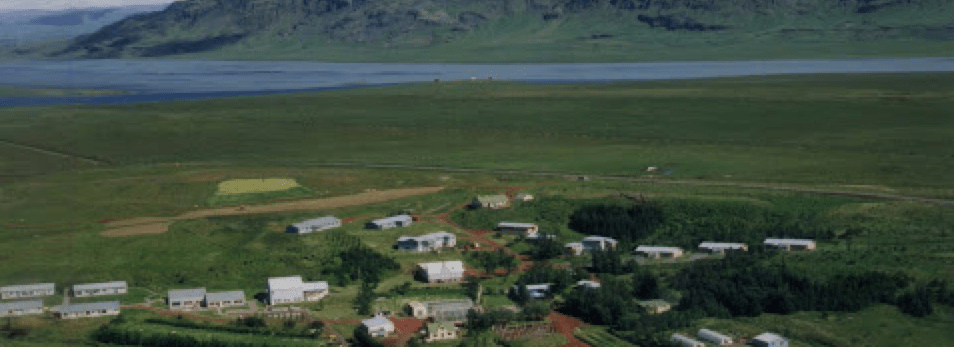
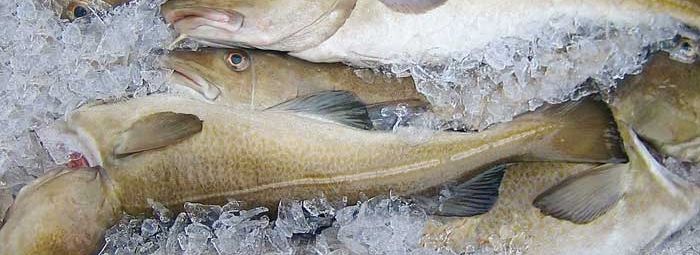
 Based on data from
Based on data from 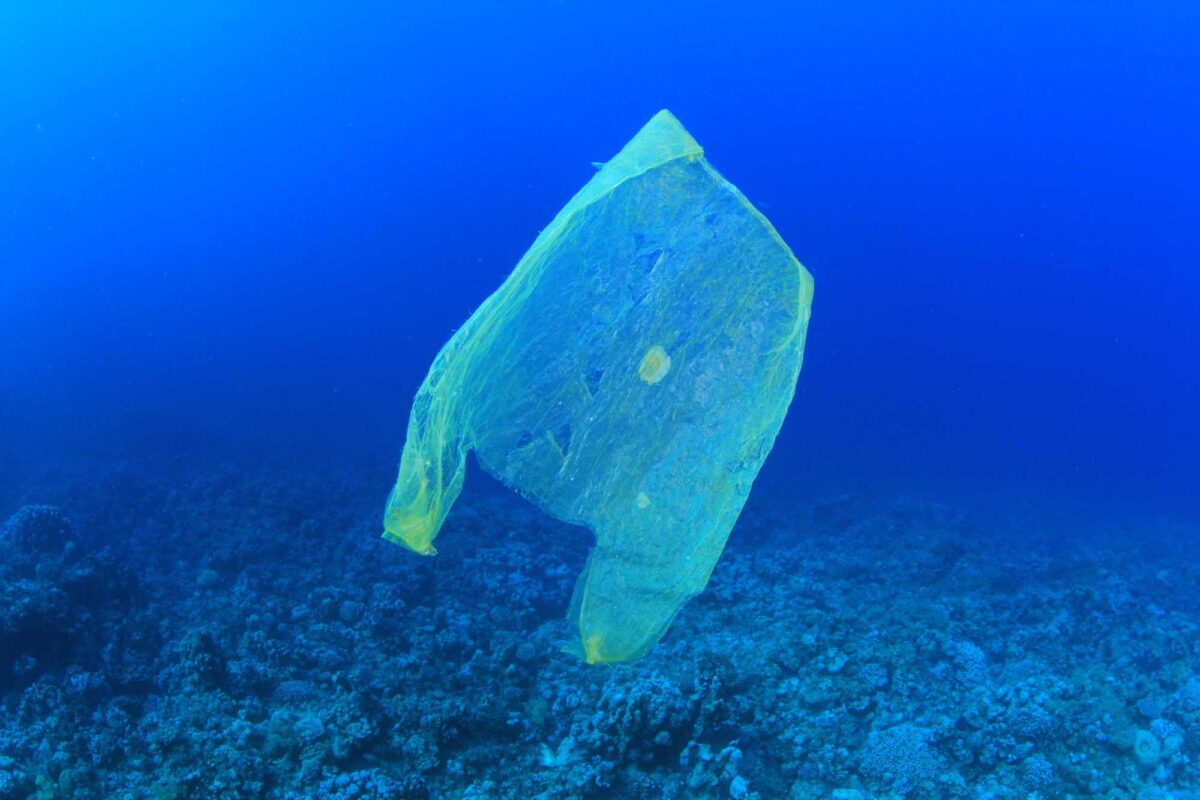
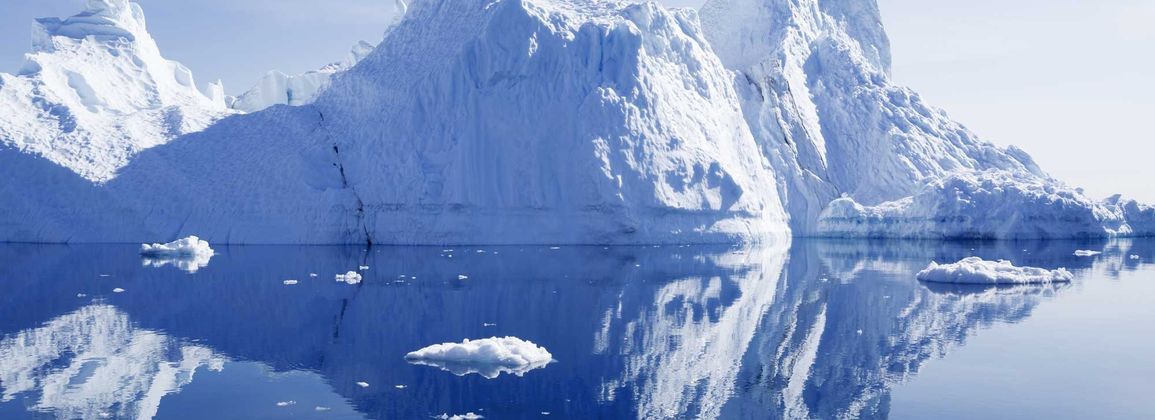
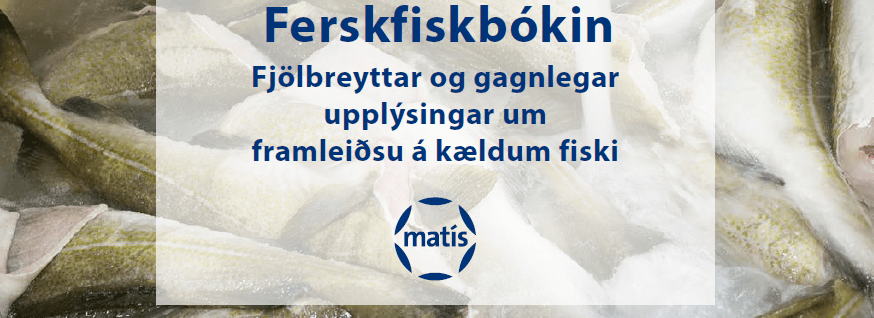
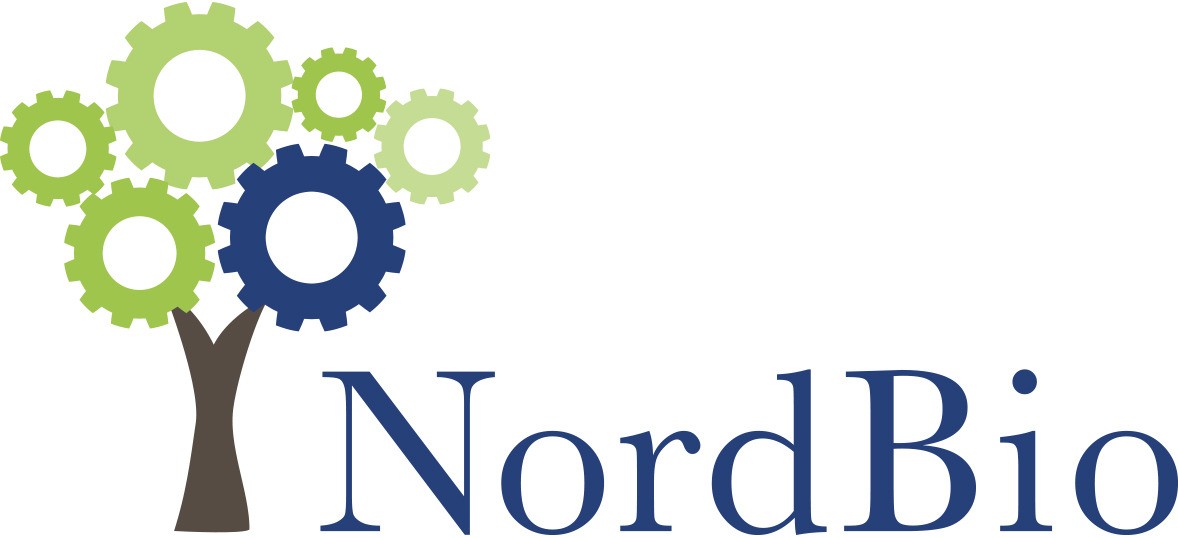
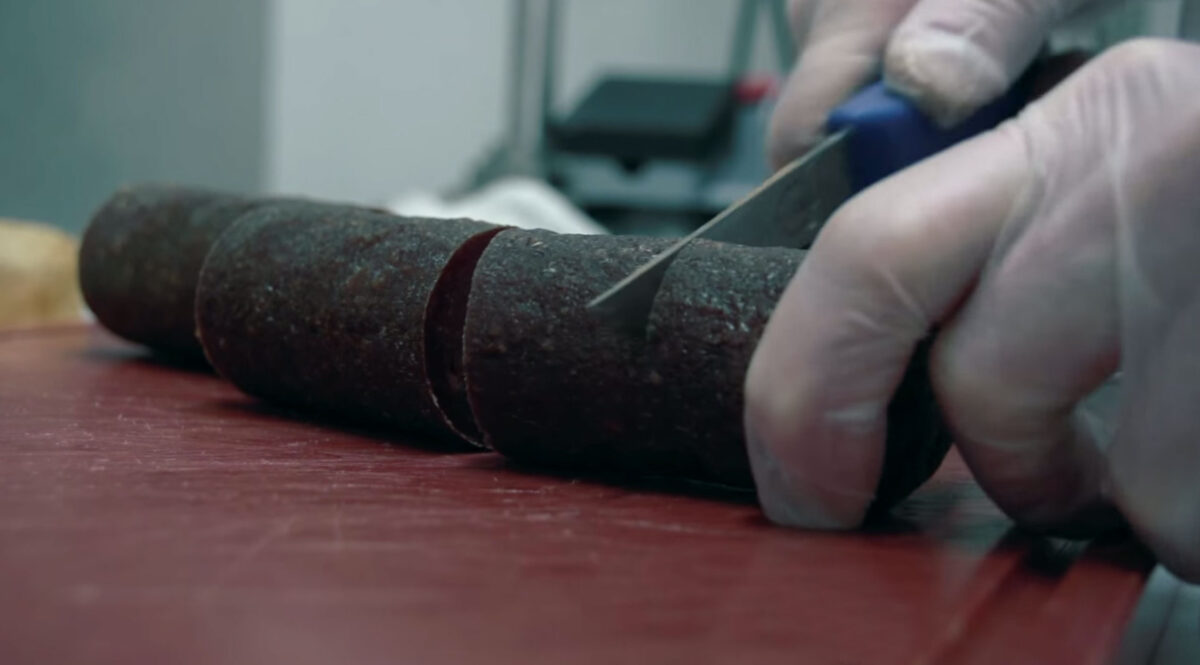
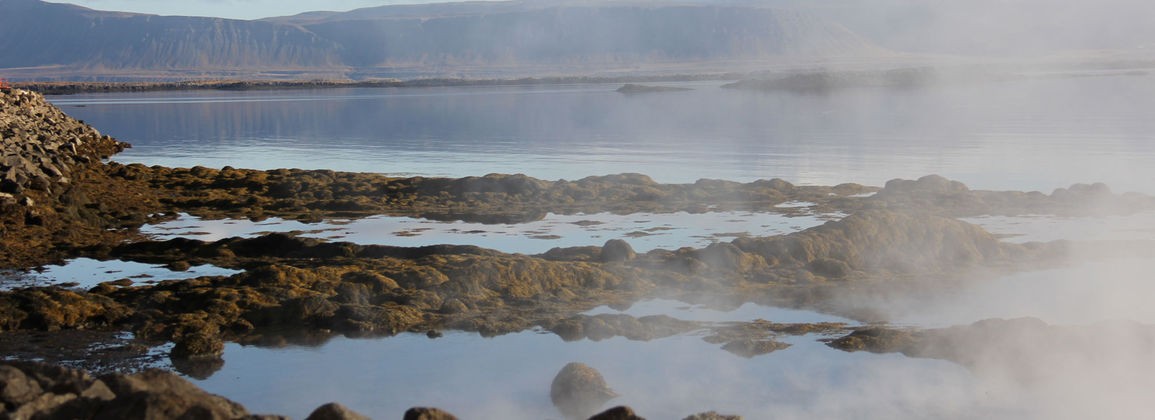
 Friðrik Friðriksson, Chairman of the Board of Matís, Sturla Böðvarsson, Mayor of Stykkishólmsbær, and Einar Sveinn Ólafsson, CEO of Íslenska kalkþörungafélag, on behalf of Marigot.
Friðrik Friðriksson, Chairman of the Board of Matís, Sturla Böðvarsson, Mayor of Stykkishólmsbær, and Einar Sveinn Ólafsson, CEO of Íslenska kalkþörungafélag, on behalf of Marigot.